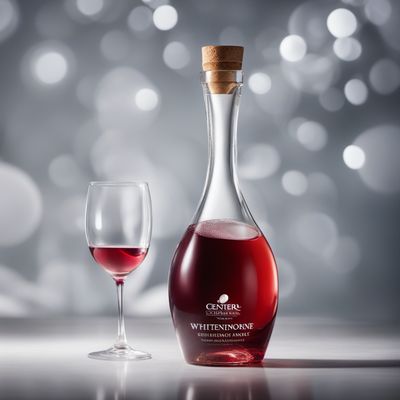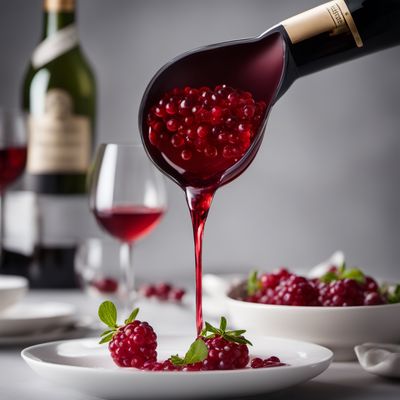
Ingredient
Wine, rosé
The Blush of Rosé Wine
Rosé wine is a type of wine that derives its pink color from the limited contact between grape skins and the grape juice during the winemaking process. It can range in color from pale pink to vibrant salmon and offers a wide range of flavors, from crisp and dry to fruity and sweet. Rosé wine is versatile and can be enjoyed on its own or paired with a variety of cuisines and dishes.
Origins and history
The history of rosé wine dates back thousands of years, with evidence of its production in ancient civilizations such as Greece and Rome. It gained popularity in the Provence region of France during the Middle Ages and has since become a beloved wine style worldwide. Today, rosé wines are produced in various wine regions around the globe, including France, Spain, Italy, the United States, and Australia.
Nutritional information
Rosé wine is relatively low in calories compared to other wine varieties, with an average of 100-150 calories per 5-ounce serving. It also contains antioxidants, such as resveratrol, which may have health benefits when consumed in moderation.
How to select
When selecting rosé wine, consider the desired flavor profile and sweetness level. Look for wines that are made from quality grapes and produced by reputable wineries. Consider the region of origin, as different regions may have distinct styles and characteristics. Additionally, check the vintage and opt for recent releases for optimal freshness.
Storage recommendations
To produce rosé wine, grapes are harvested and gently crushed, allowing the juice to come into contact with the grape skins for a short period. The skins are then removed, and the juice is fermented to create the wine. The specific grape varieties used and the winemaking techniques employed can vary, resulting in a wide range of rosé wine styles.
Preparation tips
To maintain the freshness and quality of rosé wine, store it in a cool, dark place away from direct sunlight and temperature fluctuations. Once opened, reseal the bottle tightly and refrigerate. Rosé wine is best consumed within a few days of opening to preserve its flavors and aromas.
Substitutions
Rosé wine can be enjoyed on its own as an aperitif or paired with a variety of dishes. It complements light and fresh flavors, making it an excellent choice for seafood, salads, grilled vegetables, and poultry. It also pairs well with spicy cuisines, charcuterie, and soft cheeses.
Availability
Rosé wine is produced in various wine regions around the world, including France, Spain, Italy, the United States, Australia, and South Africa. Some renowned regions for rosé production include Provence in France, Rioja in Spain, and Tuscany in Italy.


